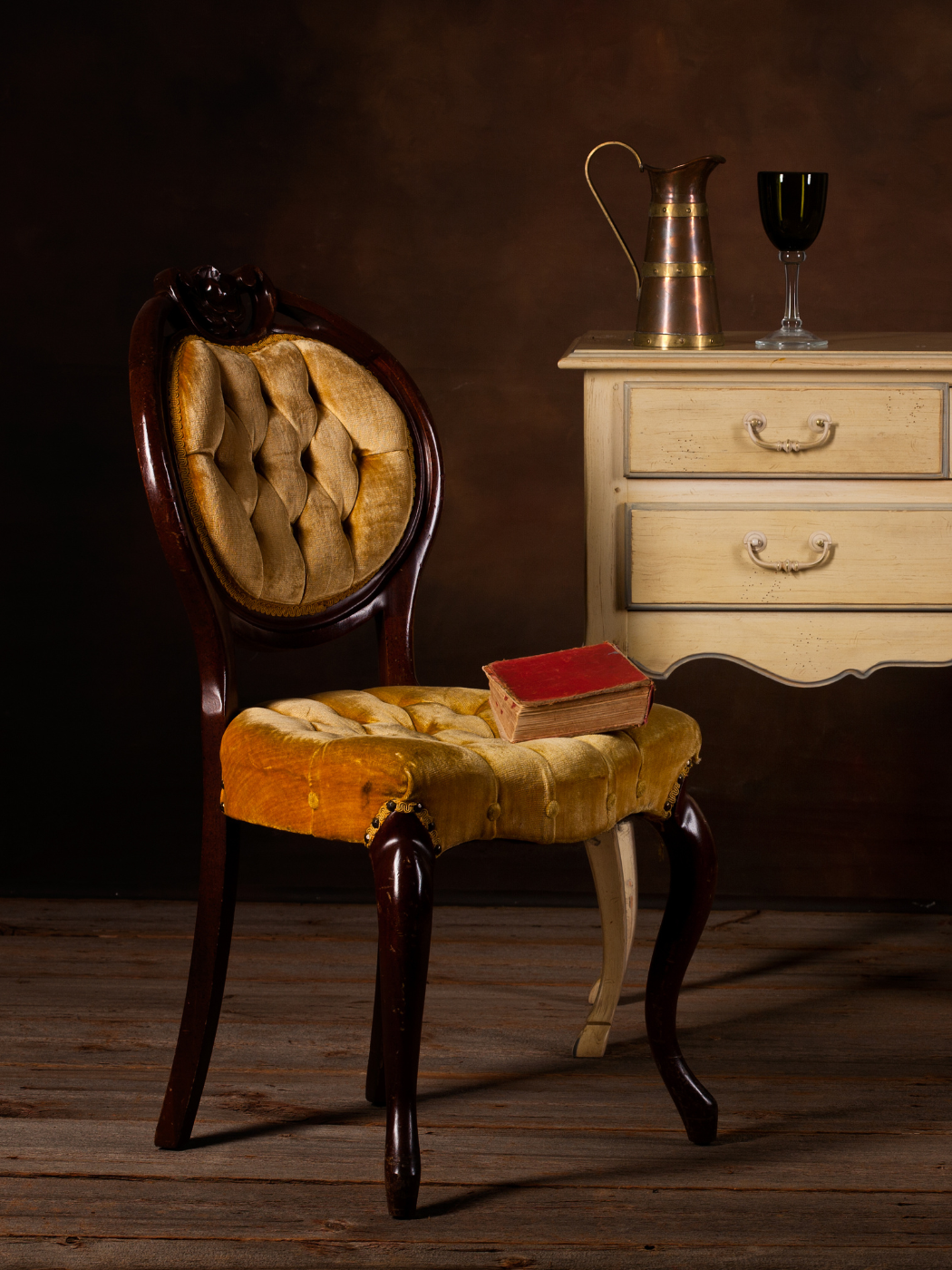
Vintage & retro influences are coming back.
Share
Vintage & Retro Influences Are Coming Back

What’s Driving the Revival
Vintage and retro styles are making a strong comeback in Melbourne’s interior design scene in 2025. Homeowners are drawn to those nostalgic touches that feel meaningful and personal—styles from the mid-century era, the 1960s and 70s, and even echoes of Art Deco and Victorian design are being reinterpreted with contemporary sensibilities. Gender-less, warm tones, mixed materials, and curved or organic silhouettes play a big part in this revival.
According to Meredith Plays, trends in Australia are gravitating toward furniture and decor pieces that combine aesthetic character with functionality—pieces that tell a story and are built to last. Vintage and retro styles are resonating because they bring warmth, comfort, and a sense of history in a world where minimalist design has often felt cold or impersonal.
RealEstate.com.au notes that Melbourne buyers want to bring glamour and comfort together, with vintage materials, upcycling, and personal nostalgic items becoming part of stylish modern homes. The trend emphasizes authenticity, identity, and emotional connection to home décor.
Key Retro & Vintage Elements to Watch
Here are some of the vintage / retro-elements that are specifically coming back into style:
Mid-Century Modern Silhouettes: Clean lines infused with curves, gentle arches, tapered legs, warm wood tones. These are being paired with modern fabrics and finishes for a balanced look.
Art Deco Glamor & Geometric Patterns: Bold geometric motifs (sunburst, stepped forms), mirror & brass accents, patterned upholstery. These are used more as feature elements—mirrors, lighting, occasional furniture—rather than dominating the entire design.
Warm Earthy & Bold Colour Palettes: Rich browns, rusts, olive greens, mustard, deep jewel tones like emerald; often balanced by neutrals. These colours bring richness and depth.
Texture & Material Mix: Rattan, cane, velvet, bouclé, vintage brass, aged woods, even glass blocks are reappearing. These materials help add tactile interest and a retro feel without being overwhelming.
Patterned Upholstery & Statement Items: Bold prints, florals, checks, or wallpapers with vintage inspiration. Often used for accent pieces or single feature pieces so the rest of the room maintains cohesion.
How to Incorporate Vintage / Retro in a Modern-Classical Context (Especially for The Sofa Club)
Since your store offers a modern + classical mix, here are ways you can help customers bring vintage/retro influences into their homes while keeping them refined and elegant:
Accent with Statement Vintage Pieces: A retro-print armchair, vintage floor lamp, an Art Deco-style mirror, or mid-century side table can add character without overwhelming. Let these pieces speak, surrounded by simpler modern/classical furniture.
Use Colour Selectively: Incorporate retro colours (mustard, olive, jewel tones) in cushions, rugs, throws or accent furniture. Pair them with neutral classic tones (cream, taupe, soft greys) for balance.
Choose Materials with Authenticity: Offer vintage upholstery fabrics, wood finishes that show grain, aged metals (brass, bronze). Avoid overly polished or artificial finishes that ruin the nostalgic feel.
Curves & Geometry: Vintage design often includes curved silhouettes and geometric details. Use curved arms, tapered legs, rounded coffee tables, or mirrors with geometric frames to echo retro styles.
Mix Old & New: Vintage doesn’t mean outdated. Mix retro with modern/classical. For example, a sleek modern sofa with vintage patterned cushions, or an ornate classical mirror above modern sideboards. Let the contrast be intentional.
Upcycling & Personal Touches: Encourage customers to re-use vintage or second-hand finds—maybe a side table passed down, a vintage lamp, or old wooden pieces—to give rooms a story and personality.
Buying Vintage Pieces: What to Look For
To help customers make wise purchases, especially of vintage or retro items, these are good criteria to guide them:
Condition & Restoration: Check structural soundness (frames, legs, joinery). Vintage pieces often need maintenance or restoration; ensure the upholstery is in good shape or can be reupholstered.
Material & Craftsmanship: Older furniture often has solid wood frames, better joinery, and unique detailing. Evaluate whether the material and craftsmanship will hold up.
Scale & Fit: Vintage furniture can sometimes be bulkier or with different proportions than modern pieces. Make sure scale works—height, depth, width—so it fits the room and doorways.
Coherence with Other Pieces: Even when mixing, aim for harmony. A vintage sideboard with wood tones close to your classical pieces, or upholstery fabric colours that tie into existing furniture, will help unify look.
Value & Story: Vintage pieces often have character. Sometimes a piece with a story or provenance adds emotional and aesthetic value. Plus, because the vintage trend is strong, unique vintage pieces can be a selling point.
